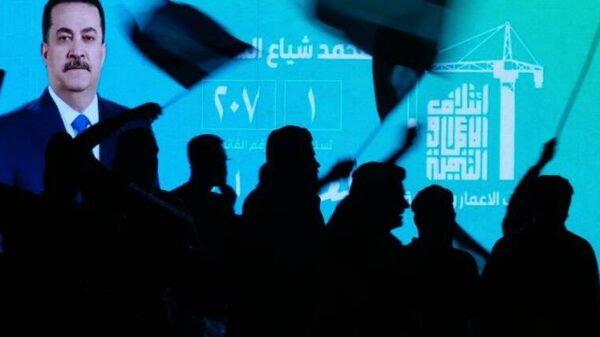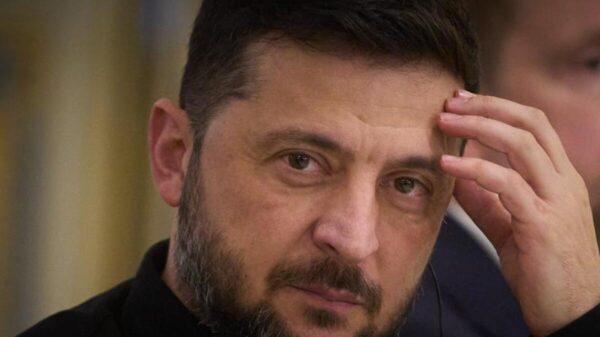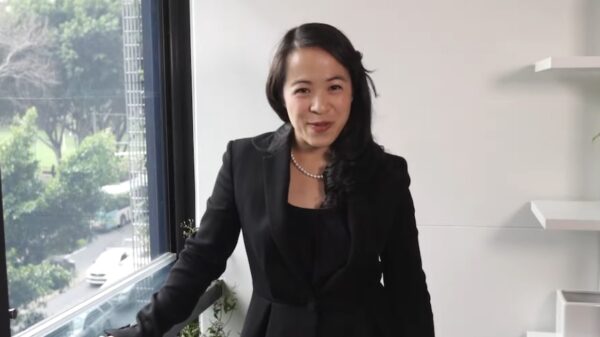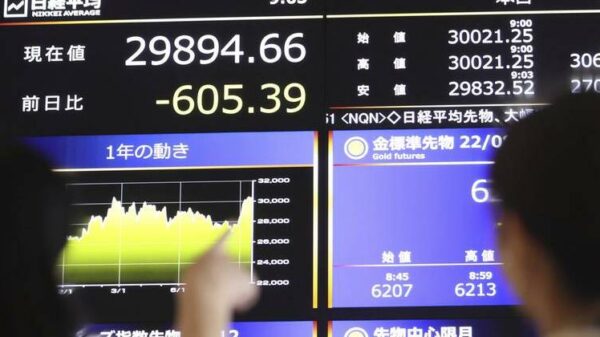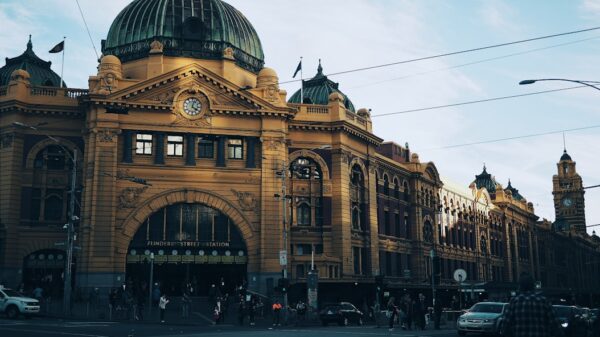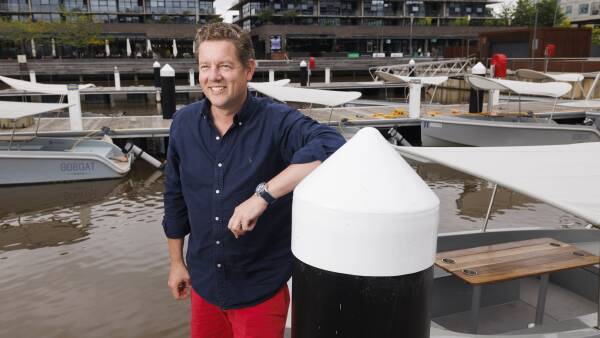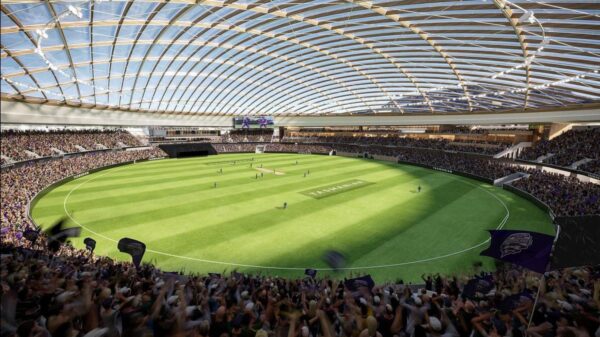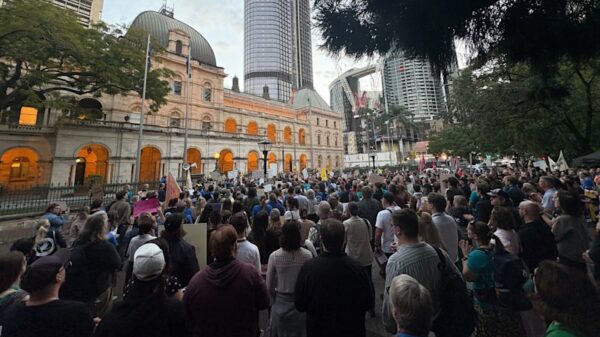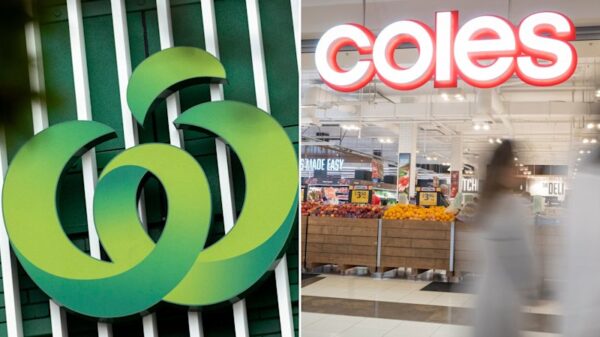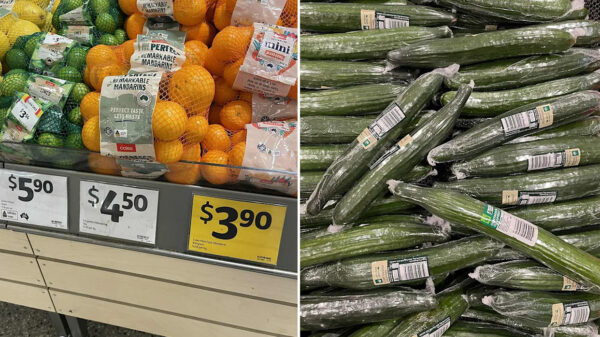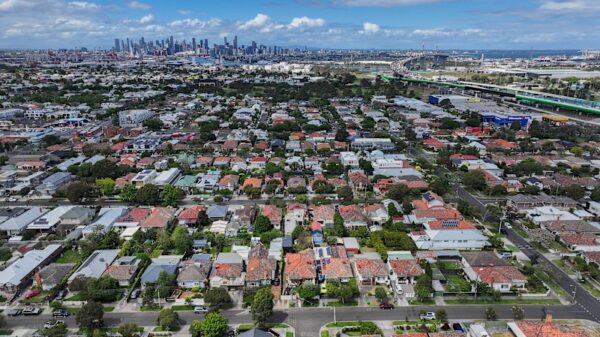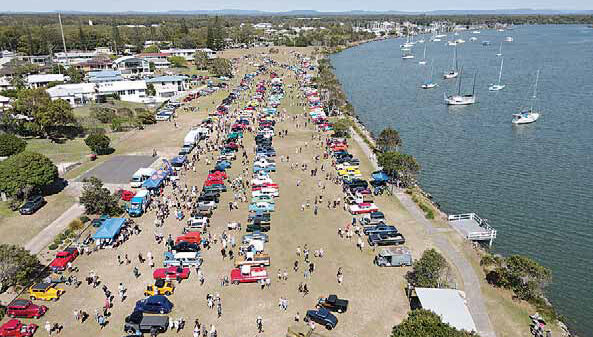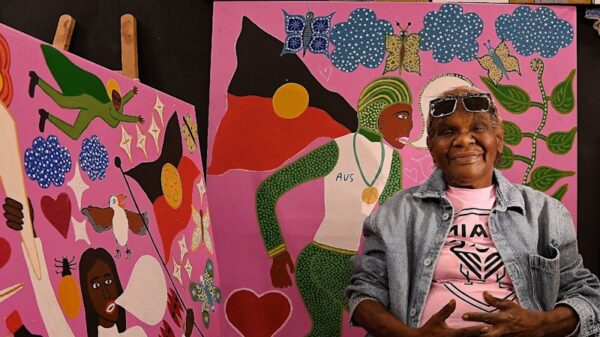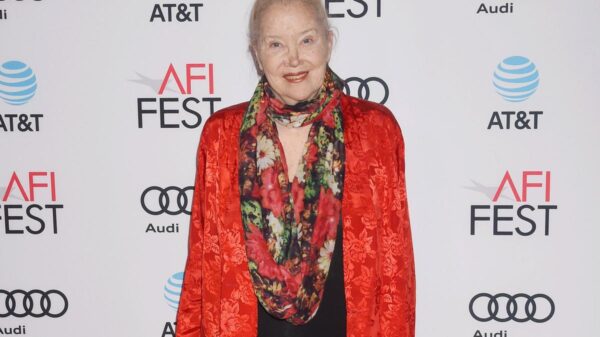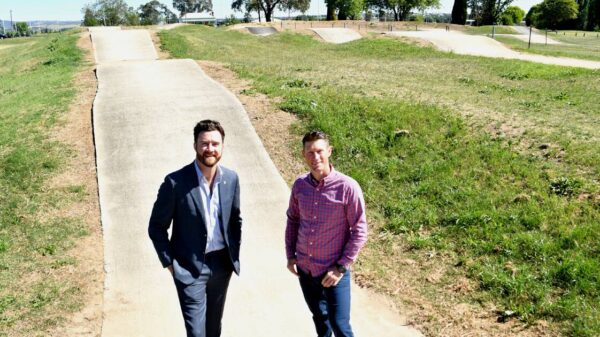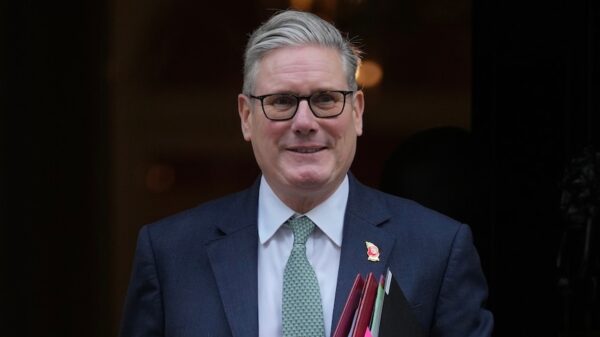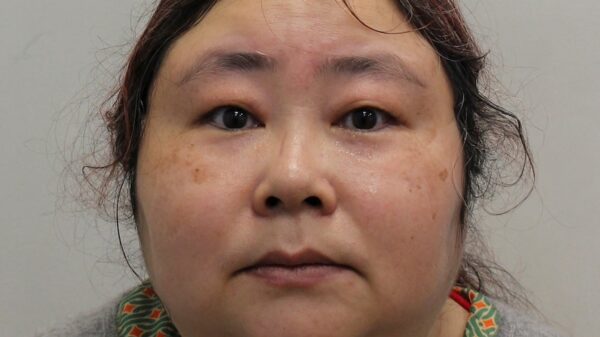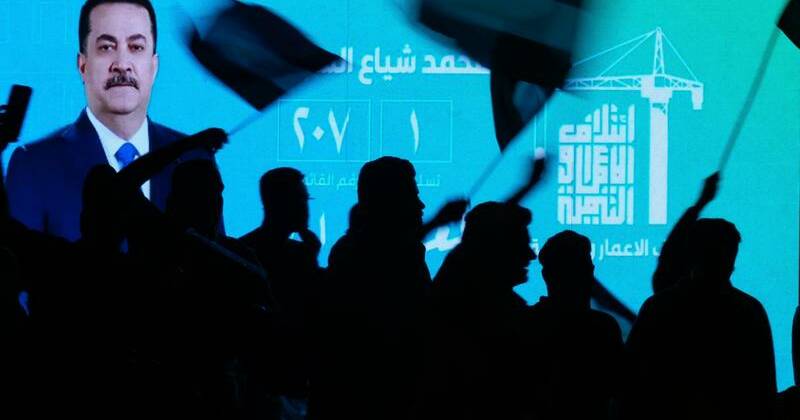Iraq’s recent parliamentary elections have revealed a landscape of fragmented power, with traditional political blocs maintaining influence while necessitating coalitions for government formation. Preliminary results announced on March 15, 2024, indicate that the Reconstruction and Change coalition, led by Prime Minister Mohammed Shia al-Sudani, secured the highest number of seats in eight of the country’s 18 provinces. Despite this achievement, no single bloc has attained enough seats to independently form a government.
The elections, marked by a turnout of 56 percent of registered voters, saw significant participation from military personnel and internally displaced individuals who voted in a special session prior to the general election. While al-Sudani’s coalition performed well, particularly in provinces such as Baghdad, Karbala, and Dhi Qar, the fragmentation of the electoral results means that political negotiations will be essential to establish a governing majority.
In the backdrop of these elections lies the recent history of Iraq’s political landscape. In the 2021 parliamentary elections, the Sadrist Movement, led by influential Shiite cleric Muqtada al-Sadr, garnered the most seats but ultimately withdrew from government formation negotiations, leading to a prolonged political impasse. Sadr has since boycotted the political process, urging his followers to do the same in this election cycle, which may have influenced voter turnout in areas with strong Sadrist support, such as Baghdad and Najaf.
The elections also showcased expected regional dynamics, with Shiite forces continuing to dominate in Shiite-majority provinces, Sunni forces winning in Sunni-majority areas, and Kurdish parties prevailing in predominantly Kurdish regions. A notable outcome occurred in Nineveh, where the Kurdistan Democratic Party (KDP) unexpectedly secured the highest number of seats, a shift that has prompted discussions among analysts about the evolving political sentiments in the area.
Diyala province witnessed a significant development as well, with no Kurdish candidates winning seats for the first time since 2005. The results from Baghdad, Nineveh, and Basra indicate the provinces with the most seats: 71 in Baghdad, 34 in Nineveh, and 25 in Basra. Al-Sudani’s coalition triumphed in Baghdad, while the KDP dominated in Nineveh, and the Tasmeem list, led by Basra Governor Asaad al-Eidani, took the lead in Basra.
Tensions prior to the election were evident, particularly in Kirkuk, where clashes broke out between political party supporters, resulting in the deaths of two police officers. In this province, the Patriotic Union of Kurdistan (PUK) emerged as the top party, followed by the Sunni Taqaddum party, led by former Parliament Speaker Mohammed al-Halbousi, and a Turkmen party.
Following the announcement of the preliminary results, supporters of al-Sudani celebrated in Baghdad, reflecting the coalition’s significant backing from pro-Iran factions. Since taking office in 2022, al-Sudani has aimed to balance Iraq’s relations with both Tehran and Washington, presenting himself as a pragmatic leader focused on enhancing public services amidst a complex political environment.
As negotiations unfold in the coming days, the focus will be on how various blocs can collaborate to form a stable government, navigating the challenges posed by a divided political landscape.






